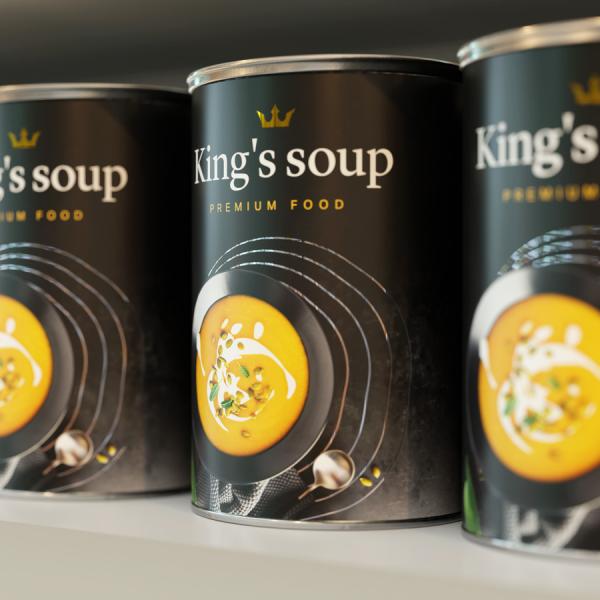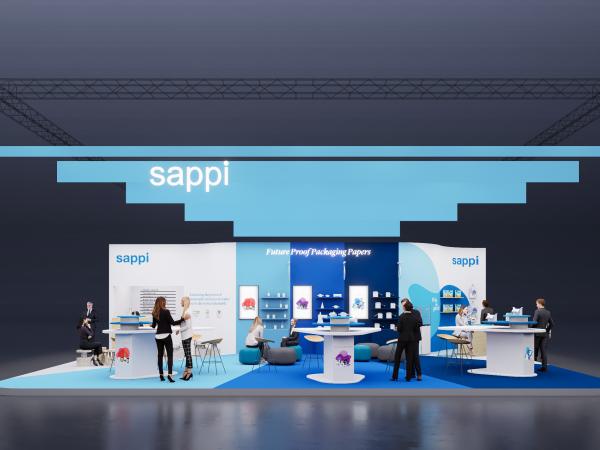
Today’s obstacles for the labels industry – and how to overcome them
Tough challenges for the labels sector also come with promising opportunities

Like so many other industries, the labels industry has been navigating a turbulent period. Alongside challenges specific to the market, the wider global economy has also generated tensions. We look at four significant obstacles faced by the industry – and how best they might be overcome.
1. The wider economic outlook
The challenge
High interest rates, stubborn inflation and continuing recessionary concerns are the background here. Dario Urbinati, CEO of Swiss-based printer manufacturer Gallus, believes that interest rates will continue to pose a challenge across 2024 for companies seeking capital investment. Inflation, though down from its 2022 high, is still a factor in increasing operational costs across the board, from materials and transportation to labour and office supplies. And, even if a recession doesn’t arrive in 2024, consumer fears of one can still impact spending decisions, which may lead brands to run low inventory levels and reduce orders.
The opportunity
Urbinati recommends that businesses who are in a position to invest should do so with an eye on increasing efficiency.
“Amidst these economic uncertainties, those with the capacity to invest are likely to prioritise technologies geared towards enhancing production efficiencies, reducing costs and improving overall productivity”.
A key tool to combat inflation and economic uncertainty is scenario planning, whereby managers model changes such as higher inflation or a rise in interest rates. Understanding the impact of various situations can help you recognise where your business is vulnerable and help you stay on top of future developments.
You’ll also want to examine your costs and see if there are any potential belt-tightening opportunities (are there services you use that aren’t essential, for example?). Take a look at your vendors (including long-term suppliers) and see if there are better options available. But be wary of short termism – what may seem like a quick fix may cost you more money in the long run (for example, selling off equipment or resources that you will need later down the line only to find they are limited or more expensive). You should also continue investing in marketing as a means to acquire or retain existing customers.
It may be prudent to re-evaluate your customer base, especially if it’s concentrated on industries typically hit by recession, such as retail and hospitality. See if it’s possible to redirect focus to more resilient industries, such as healthcare and pharmaceuticals.
Sappi itself has remained committed to investing in label papers. The current expansion of the Gratkorn mill – a multi-million euro project – will put in place state-of-the-art technical infrastructure for label paper production. The mill has also recently begun to produce its new wet-strength, alkali-resistant label paper Parade Label WS, which is suitable for creating high-quality labels such as for returnable containers for food and drink.

2. Difficulties in recruiting and retaining skilled staff
The challenge
Labour shortages remain a problem across multiple areas, and the scarcity of skilled workers within the labelling industry isn’t going away. For affected businesses, the problem is twofold. Firstly, the industry as a whole has an image problem, often being seen as outdated and unglamorous. Secondly, competition for available talent is intense, whether that’s hiring new people or retaining valuable existing staff.
The opportunity
According to Haim Levit, senior vice president and division head, HP Industrial Print, the labelling sector needs to rebrand itself in order to attract fresh talent. In fact, it’s time to reframe the industry as being a central part of the digital and AI boom.
From an individual company perspective, now is the time to assess your company culture, training opportunities, career pathways and mentorship programmes to ensure they are attractive and engaging for today’s workers.
3. Supply chain issues are still with us
The challenge
Global supply chains still haven’t settled back into any kind of normality, not least thanks to the latest geopolitical tensions and developments. And there’s little reason to hope for the restoration of calm any time soon.
The opportunity
One result is that much production has shifted back to Europe, which, says Levit, is enabling “converters to take a more local approach to business, while slashing expensive and unsustainable transportation”.
Meanwhile, Thomas Macina, sales director for labels and flexible packaging at the Italian Durst Group, believes that digital printing can help alleviate supply chain difficulties.
“By enabling shorter runs, highest production flexibility and on-demand printing,” he says, “we can help reduce waste and inventory costs, making the supply chain more resilient.”
One reason that Sappi is expanding the production of its labelling papers at Gratkorn in Austria is to ensure security of supply for its customers – Gratkorn joins Alfeld (Germany) and Carmignano (Italy) as part of a multi-mill source for label paper supply.
4. Sustainability and the regulation landscape
The challenge
While the European Union’s Packaging & Packaging Waste Regulation proposal (PPWR) is the major directive that will dictate the terms of packaging sustainability for years to come, there are also a host of other rules and mandates from different countries around Europe. New recycling regulations will affect the materials that labels are made from, as well as inks, adhesive and label size.
The opportunity
Not only will media and technologies that enable recyclable materials become increasingly important, but the new regulatory landscape provides an opportunity to appraise the sustainability of your business and products.
According to Filip Weymans, vice president, marketing at global digital print service provider Flint Group Digital, “To understand sustainability, you need to look beyond just the press but also evaluate the consumables and workflow. Not all sustainable innovations come at a higher cost.”







